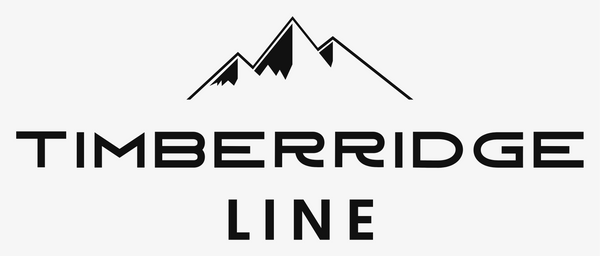Strength training can offer numerous benefits and can be done in various forms. These benefits may vary depending on the type of fitness routine you choose. For instance, if you're interested in hypertrophy, your workout regime will typically include light to medium weights, along with a moderate to high number of repetitions and sets. Hypertrophic workouts are designed to build muscle mass and tone and are usually preferred by bodybuilders and those who want to focus on developing such attributes.
Strength training can also boost an athlete's endurance. If endurance is your focus, your workout routine will typically involve relatively light weights, along with a high number of repetitions and sets.
As the term suggests, strength training aims to increase overall strength. This may seem obvious, but it raises the question of what exactly strength means. According to dictionary.com, strength refers to "the quality or state of being strong; bodily or muscular power”. In the context of this discussion, let’s consider “bodily or muscular power” to be the amount of weight one can lift in a given movement (e.g. the Snatch, the Clean and Jerk, the Deadlift, etc.) for a given number of repetitions. So, for example, an athlete is getting ‘stronger’ if, over time, they have increased their barbell curl set from 70 pounds. for 8 repetitions to 74 pounds. for 8 repetitions.
In weightlifting, the canonical unit of measure of strength is the amount of weight an athlete can lift for a given movement one time. This is known as the athlete's ‘one repetition maximum (one rep. max.)’. A lot of research has been done, and many different training programs have been developed, concerning building strength as defined by an athlete’s one rep. max.
Our review of information regarding this topic from both online sources and books we have read, along with our own experience, leads us to conclude that if you want to ‘get strong’ you need to ‘lift heavy weights’. This means that at least part of your overall strength training program has to concentrate on lifting at, or near, your one rep. max. In practical terms, this means part of your weightlifting training program has to be constructed around a low number of repetitions, for a low number of sets, using weights set at 80+% of your one rep. max. For example, a training day outlining one or more exercises each consisting of 3 - 4 sets of 3 - 5 repetitions at 80% of your one rep. max. would fit the bill.

A workout routine organized along these lines can increase muscle density and strength without dramatically increasing muscle size. As an athlete, you can feel the difference between a heavy workout and a moderate or light one. As you perform the movement your heart rate immediately jumps to its maximum or near maximum rate. Post-workout you develop a sensation of deeper muscle stimulation. Over time, you will see the results in your exercise PRs (personal records).
The one rep. max. is a very individualistic measurement. There are extensive resources online and in the literature that will help you determine what your one rep. max. is for any given exercise. You can also find resources that will help you understand where your one rep. max. positions you relative to other athletes based on your age, weight, and sex.
So remember, if you want to get strong, you need to make lifting heavy part of your workout regime. Happy lifting!

